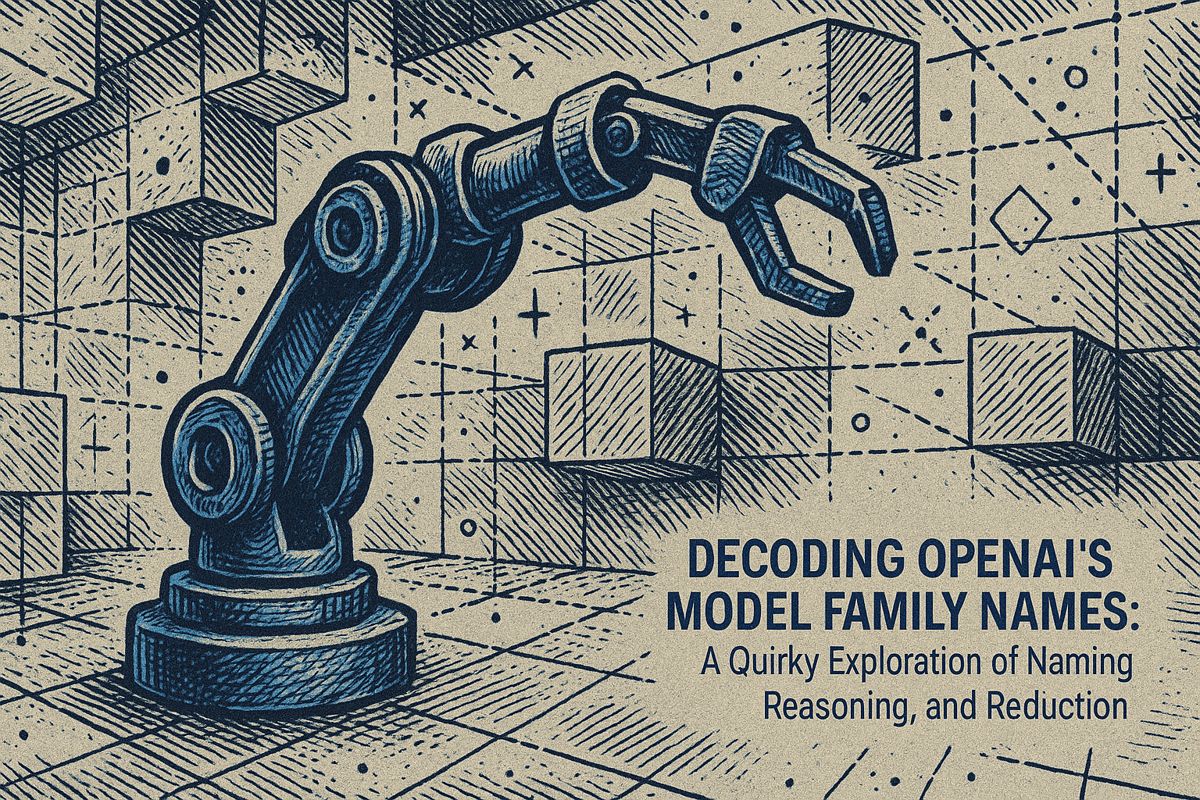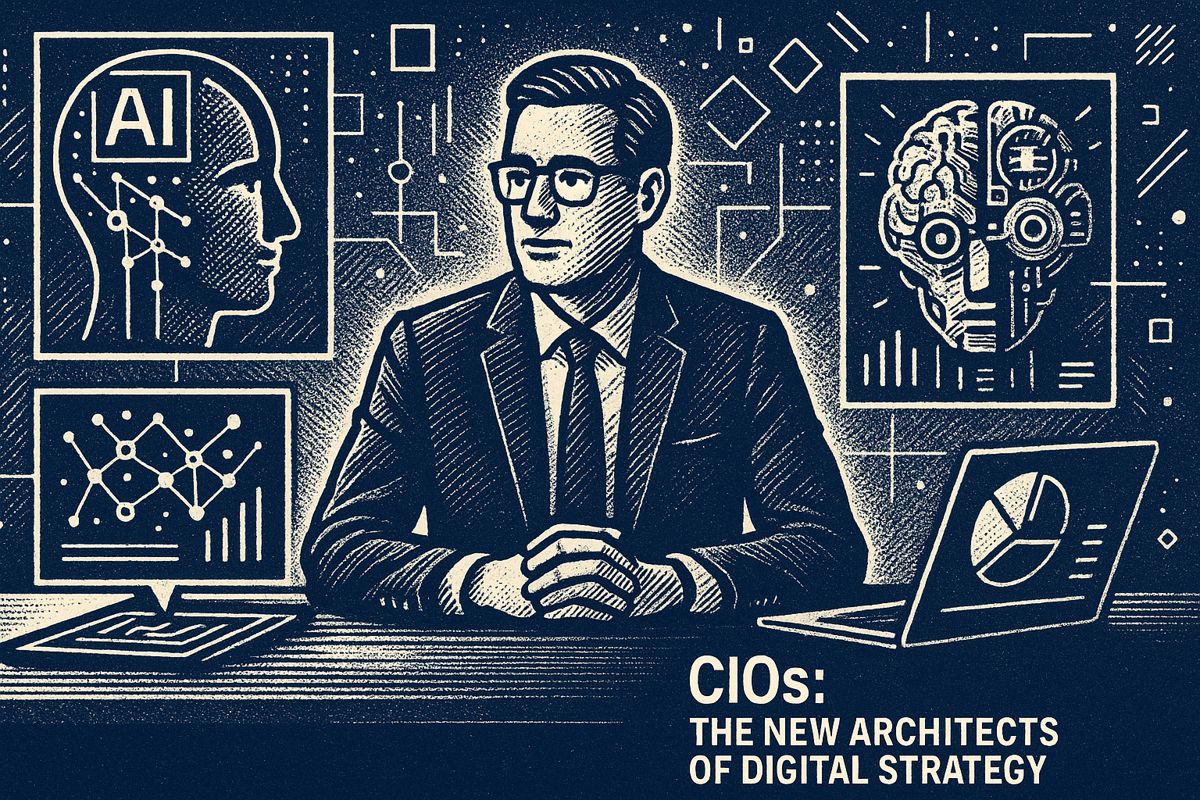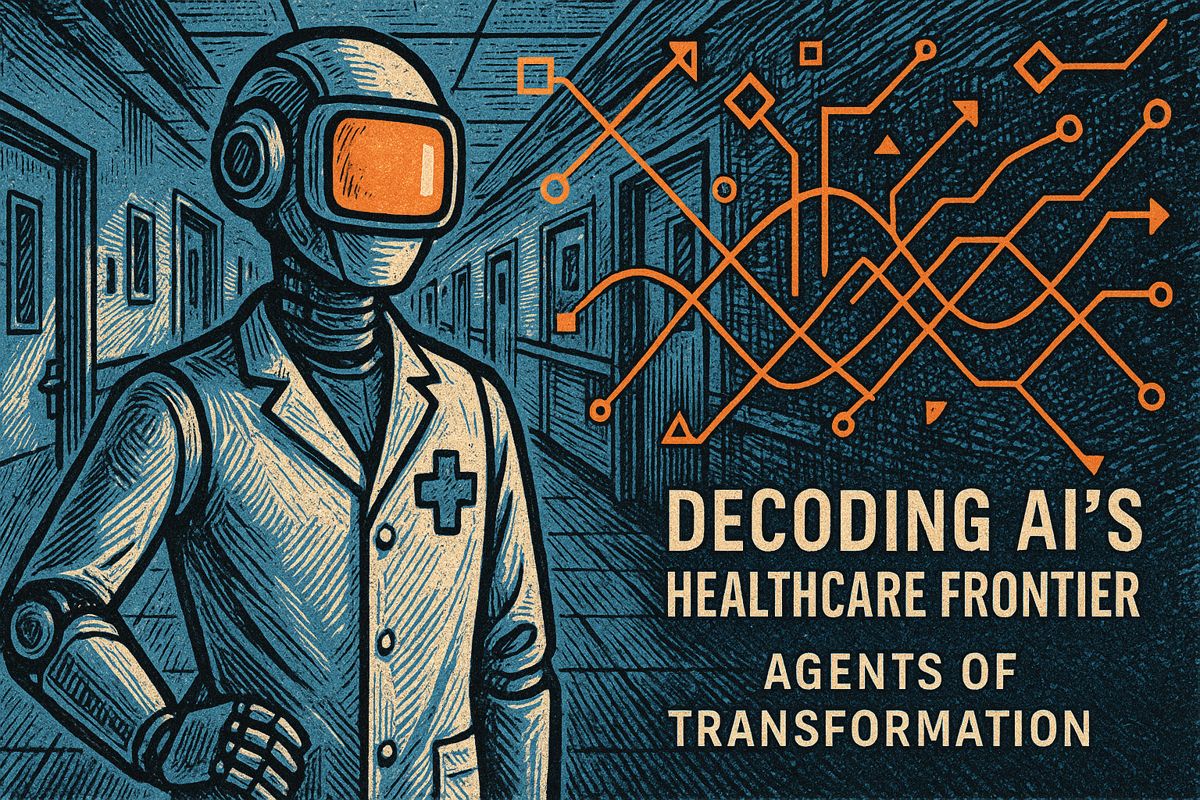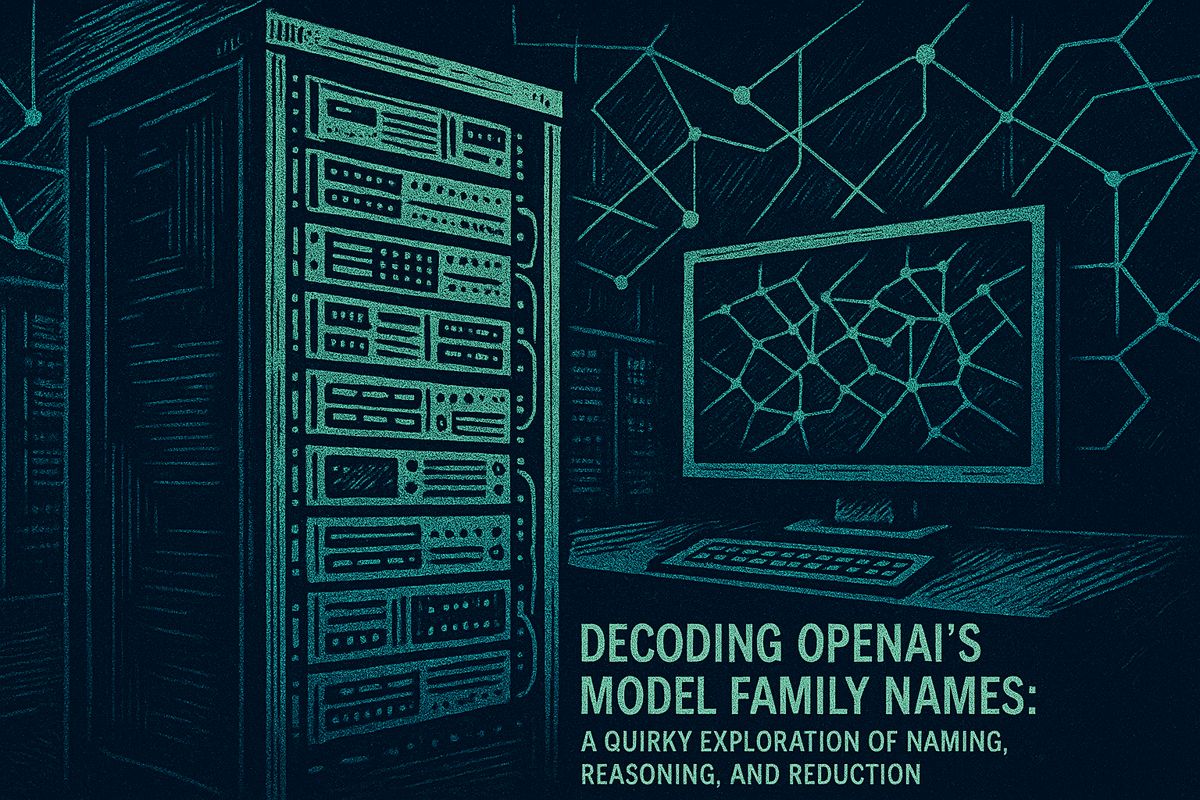Here’s the text with the most important phrase emphasized in markdown bold:
Spatial AI is revolutionizing how machines understand and interact with three-dimensional environments, transforming pixelated, clunky representations into living, breathable digital worlds. By integrating data from multiple sensors, these advanced models can now map, comprehend, and predict changes in physical spaces with stunning accuracy. From robotics to augmented reality, spatial AI is cracking open new industries, letting machines not just see but truly inhabit and generate complex environments. The technology is rapidly evolving, backed by millions in funding and promising applications that blur the lines between real and virtual. As these spatial foundation models continue to develop, they’re reshaping our understanding of how machines can perceive and interact with the world around us.
What Is Spatial AI and How Is It Transforming Technology?
Spatial AI is an advanced technology that enables machines to understand, navigate, and generate three-dimensional environments by integrating data from multiple sensors like cameras, LiDAR, and depth sensors. These sophisticated models can map, comprehend, and predict changes in physical spaces with unprecedented accuracy and complexity.
Remembering a World Before Spatial AI
Sometimes, when I scroll through the latest AI headlines, I feel a jolt of déjà vu—like the time I first watched Google Earth’s blocky flyovers, the screen flickering with neighborhoods rendered as lumpy polygons. The colors were washed out, and the forests looked like smudged blobs, yet there was a kind of magic in it, the sense that we’d cracked open a new dimension, however grainy. It’s odd: back then, “3D” felt closer to Minecraft than The Matrix, and nobody I knew thought machines would ever really “understand” physical space. But last night, as I skimmed news of SpAItial AI’s new spatial foundation models, I felt something sharper than nostalgia—awe, maybe, or even a shiver. Is it just me, or do you ever wonder how fast ordinary things become extraordinary?
Back at university, my friend in the robotics club spent months cajoling a squat, wheeled robot to recognize chairs. Its eyes—if you could call them that—were little more than stuttering infrared sensors. Mapping a single room, even in two dimensions, seemed an achievement worthy of champagne. (For the record, that robot crashed into the same table every afternoon for two weeks.) Now, SpAItial AI is pulling in $13 million—yes, thirteen million dollars—to train models that don’t just map but generate and comprehend entire 3D worlds. If our old robot could see this, it’d probably just shut down and claim early retirement.
There’s a scent in the air—a faint whiff of solder and ambition. It reminds me of that robotics lab, where hope and static electricity buzzed together. Is this the beginning of a new epoch, or just another fever dream fueled by venture capital?
SpAItial AI’s Big Leap: The Facts Under the Hood
So, what exactly is SpAItial AI promising, and should you care? Here’s where the rubber meets the LiDAR: SpAItial AI just secured $13 million in funding to develop spatial foundation models—systems that “see” and act in 3D, not just 2D. They’re not alone in this race. Stanford’s SatMAE and IBM’s TerraMind are also elbowing through the crowd, each with their own arcane algorithms and multimodal data pipelines. NVIDIA, never one to let a trend slip by, is talking up world foundation models that generate synthetic environments for AI to train in. The competition’s real, and the stakes are creeping higher.
The specifics are gloriously nerdy. These models ingest data from cameras, LiDAR, depth sensors, and IMUs—think of it as an orchestra where each instrument adds a note to the symphony of physical space. Algorithms like SLAM (Simultaneous Localization and Mapping) let machines build, update, and even predict changes in their environment in real time. Multi-modal training data—images, location metadata, laser-bounce readings—feed the neural networks until they grok not just objects, but the relationships between them.
I’ll admit, I once scoffed at the idea machines could ever “inhabit” space like we do. But here we are: AIs that don’t just watch, but navigate, generate, and even anticipate the world around them. My skepticism didn’t last long—curiosity got the better of me when I saw a demo of a model reconstructing a messy office, down to the coffee stain on the desk. The smell of burnt circuits and stale coffee is seared into my memory.
From Sci-Fi to Street Level: The Impact of Spatial Foundation Models
Why does this matter? Well, spatial foundation models are to today’s generative AI what the telescope was to Galileo—a tool that doesn’t just extend human vision, but fundamentally changes what we can observe. These models are trained to “inhabit” space, not just passively process images. And that’s a paradigm shift. Imagine a robotic assistant navigating a cluttered kitchen, a drone threading through trees, or a city’s digital twin recalculating traffic routes after a burst water main. This technology isn’t just incremental; it’s the tectonic sort of change that cracks open new industries.
Applications are already sprawling across robotics, AR, and smart infrastructure. For instance, UXDA is sketching out spatially-aware financial experiences, where your “bank branch” could be a richly detailed 3D environment tailored to your preferences—a virtual vault you can almost smell (new carpet, maybe, or ozone from the servers). In AR, spatial AI lets you overlay helpful digital breadcrumbs onto the real world, or build entire fantasy landscapes indistinguishable from reality. The hum of servers, the sharp scent of plastic, the faint vibration underfoot when a robot glides by—these aren’t just cinematic details anymore, but facts of daily life.
Of course, all this progress comes at a cost. Training these models demands titanic amounts of data and compute. Investors are betting big, but so far, that gamble is paying off: industries adopting spatial AI have already seen double-digit revenue gains, at least according to recent reports. Still, part of me wonders—will this momentum hold, or will we hit a wall as steep as the one my friend’s robot once failed to climb?
The Road Ahead: Hype, Hope, and a Little Humility
So, where does this all leave us? In a world where machines not only map, but generate and understand our spaces in three dimensions, the line between real and virtual is blurring like fog on a windshield. The technology is funded, accelerating, and—if the numbers are any indicator—almost certain to keep upending industries from logistics to finance.



















